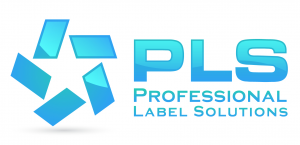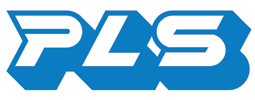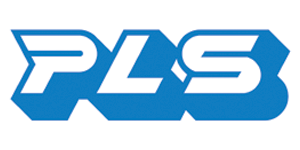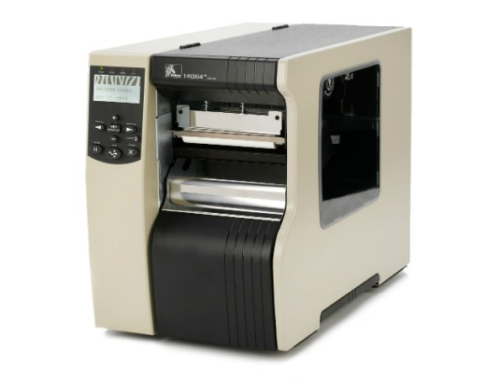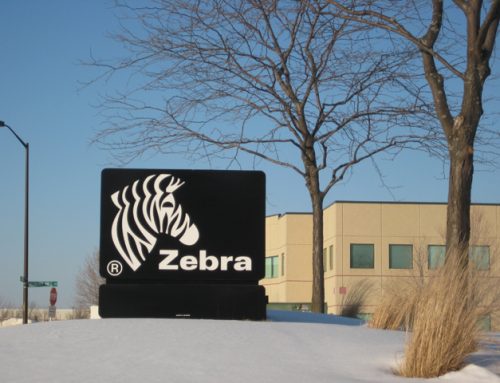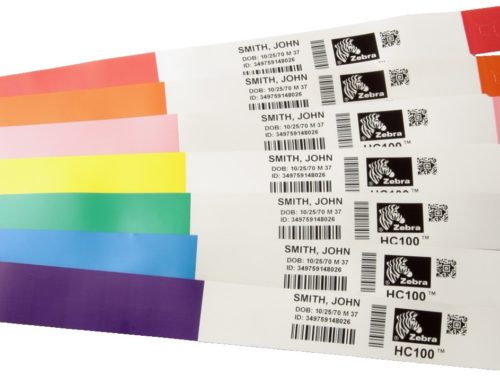Have you ever wondered about the different classifications that Zebra uses to distinguish each type of label?
What does Z-Perform mean?
What is IQ Color?
How does 1000T relate to a label?
What different adhesives does Zebra offer?
How does one go about ordering a custom Zebra label?
Where can one find all the information necessary to create the perfect custom label?
In the past we asked ourselves these same questions, and we came to a solid conclusion: It is extremely difficult to find any answers online.
That’s why we’ve put together this easy to follow Guide to Zebra Labels. It’s full of useful information that will help you to better understand the different materials, adhesives, and features that Zebra offers in their labels.
The Beginner’s Guide to Zebra Labels
Label Materials Family
Zebra offers labels and tags in a variety of different materials. Paper is the most budget-friendly material to use, while synthetics offer more durable, long-lasting results with resistance to abrasion, moisture, and chemicals.
No guide to Zebra labels would be complete without an explanation of the Zebra materials family.
The label materials family is the first part of a label’s title. For example, a Z-Perform 1000D label is a paper label.
Here are the current paper and synthetic label materials that Zebra offers:
Paper
-
Z-Perform
-
Z-Select
-
IQ Color
-
Specialty
Synthetic
-
PolyO
-
PolyPro
-
Z-Xtreme
-
Z-Ultimate
-
Z-Supreme
-
Z-Endure
Some of these materials may seem strange to you.
In this guide to Zebra labels, we will explain what these materials are really made of.
Z-Perform label material is a bright white, smooth paper facestock that provides the optimal balance between performance and price for industrial applications. Z-Perform is essentially a budget-friendly paper that you can use for your labels.
Z-Select label material is a bright white, ultra-smooth paper facestock specially coated to provide optimal quality. Z-Select is a step above Z-Perform, and is recommended for high-speed printing applications where print quality is important.
IQ Color is especially fascinating. IQ Color label material is a bright white, smooth paper facestock that has the ability to print vibrant color on demand in pre-defined zones to be used as a visual cue. IQ Color is a Zebra exclusive; no other manufacturer offers this type of solution.
Specialty label material is a family of white paper labels and tags designed for unique or challenging applications. Some examples include 8000T High-Tack, 8000T Multi-Removable, and 8000T Piggyback.
PolyO is short for Polyolefin. PolyO label material is a white, corona-treated facestock that provides flexibility for labeling curved or rough surfaces.
PolyPro is short for Polypropylene. Polypropylene is a thermoplastic polymer material. PolyPro label material is a white, matte polyproylene facestock that provides high print quality and resistance to scratching and smearing.
Z-Xtreme label material is a white, matte polyester facestock that provides outstanding print quality and good smear and scratch resistance. This material also offers excellent resistance to chemicals, and can withstand temperatures of up to 300 degrees F.
Z-Ultimate label material is a white, gloss polyester facestock that provides outstanding print quality and unparalleled smear and scratch resistance. The difference between Z-Extreme and Z-Ultimate is the gloss of the label; one is matte, the other is glossy. Z-Ultimate material also offers exceptional resistance to chemicals, and can withstand temperatures up to 300 degrees F.
Z-Supreme label material is a white, polyimide facestock designed for high-temperature environments up to 500 degrees F. This material is recommended for printed circuit board labeling.
Z-Endure label material is a long-life acrylic facestock that provides excellent print quality and resistance to scratching and smearing. This material is recommended for applications requiring long-term outdoor use.
Classifications
The classification of Zebra label materials reflects the level of performance and cost. This classification is highlighted by the number in the label material’s title.
Classification is an important part of the guide to Zebra labels.
There are six different classifications of Zebra Labels:
- 1000
- 2000
- 3000
- 4000
- 5000
- 8000
The higher the number, the higher the performance. This is a simple rule to help you navigate the world of Zebra media.
A Zebra Z-Select 4000D label will more expensive and of better quality than a Z-Perform 1000D label.
Print Technology
Each Zebra label will feature a letter that designates it’s respective print technology. There are only two types of labels: Direct Thermal and Thermal Transfer.
Direct Thermal labels do NOT require a ribbon. Instead, a chemically coated heat-sensitive material produces the images as heat is applied to the surface of the label, via a print head.
Thermal Transfer labels DO require some type of thermal ribbon. Thermal transfer technology uses a ribbon to transfer an image onto the label material.
Here is a PLS blog post on understanding the various thermal ribbons that are available.
The Print Technology is highlighted in the last part of a Zebra label’s title.
For example, Z-Select 4000D would mean that the label features Direct Thermal Print Technology.
Adhesives
The world of labeling adhesives can be hard to understand, since there are so many options available.
Our guide to Zebra labels will show you what adhesives Zebra can offer you for your labeling application.
Please note that the word “tack” refers to the stickiness of a label.
For example, a “high-tack” label is a label with a very sticky adhesive.
Acrylic – General purpose adhesive; provides long-term adhesion; resistance to chemicals and UV exposure, works across a wide temperature range.
Rubber – General-purpose; provides good initial tack; offers adhesion to rough surfaces; not recommended for auto applications.
High-Performance – Offers higher resistance to chemicals and UV exposure; often has agency approval such as indirect food contat, UL/CUL, and CSA approval.
High-Temp – Maintains strong adhesion at high temperatures, over 300 degrees F.
Cold-Temp – Maintains strong adhesion to low temperatues, down to -112 degrees F.
All-Temp – May be applied to temperatures below freezing, which is 32 degrees F.
Removable – Clean removal from most surfaces without damaging the label or surface. This is an excellent adhesive for retail applications, especially bookstores.
Ultra-Removable – Clean removal from nearly all surfaces, including metal and glass, without damaging the label or the surface.
Multi-Removable – Offers dual functionality; provides permanent long-term adhesion but also allows for clean removal; repositionable to allow for removal, and reapplication.
High-Tack Acrylic – Works well on hard to label surfaces and provides good resistance to chemicals and UV exposure.
High-Tack Rubber – Works very well on hard to label surfaces; provides good initial tack.
Trust the Experts. At PLS, we know Zebra Media.
Think of this guide to Zebra Labels as a cheat sheet for your own reference. This guide has everything you will need to put together your own custom label, as well as to understand the titles of Zebra Media.
At PLS, Custom Media is our specialty.
When the time comes for your business or organization to order custom labels, tags, or wristbands, trust the experts. PLS knows Zebra media, and we can help you to select the best materials, adhesives, and technology for your application.
Feel free to contact us anytime by phone at 1-844-458-1078, or email us at info@professionallabelsolutions.com. We can provide samples, consultations, and the best prices around.
